Table of Contents
Chola Empire- Important Points:
- Cholas- the feudatories of Pallavas, established their own kingdom under Vijayalaya who defeated the allies of Pandyas. They built the temple Nishumbhasudini (Durga) as a sign of their rise to power (A.D. 850).
- Aditya Chola murdered the Pallava king Aparajitavarman.
- Parantaka I captured Madurai but he (907-953) was routed by Rashtrakuta Krishna III at the battle of Takkolam.
- Parantaka II, also called Sundarachola wrested Tondaimandalam from the Rashtrakutas.
- Rajaraja I (985-1014)- titles like Arulmolivarman, Mummadi Choladeva, Jayakonda, Martanda Chola, Keralanatha, Singhaltanka, Pandakulashini etc.
- He constructed the Brihadeswara (also called Raja Rajeshwara) temple at Tanjore.
- He Defeated Mahinda V and established the Chola empire in Northern Ceylon with Polonnaruva at his capital.
- During his reign, the ruler of Srivijaya built a Vihara at Nagapattinam.
- Rajendra I Gangaikonda (1014-1044) placed the Chola empire in the Zenith of its glory.
- Completed the conquest of Ceylon and imprisoned Mahinda V.
- Defeated the Pandayas and rulers of Kerala and made his son, Rajadhiraja, Viceroy with Madura as capital.
- He led an expedition to the Ganga Valley and defeated Mahipala I (Palas) and thus assumed the title of Gangai Konda and established a new capital ‘Gangaikondacholapuram‘.
- He built a Shiva temple and excavated an immense artificial tank called Chodagar, in this new city.
- Defeated the Shailendra or Seri Vijaya king, Vijayatunga Varman and allowed the latter to build the Chudamani Vihara at Nagapattinam.
- He sent embassies to China.
- The next important king was Kulottunga I (1070-1122) who belonged to the Eastern Chalukya Line of Vengi but had more of Chola blood. He united the two kingdoms and subsequently began the Chola-Chalukya history.
- During the hard times, there was remission of taxes and Kulottunga I became famous by abolishing tolls and earned the title – Sungam Tavirtta Cholan.
- He liberated Sri Lanka and sent an embassy to China in 1077 A.D.
- Kanban, a renowned Scholar was patronized by him.
- Kulottunga III was the last great Chola King and after him, Cholas continued to exist but as local chieftains.
Administration of Chola Empire:
- Local self-government was the hallmark of the Chola administration which is the forerunner of our present-day panchayat raj system.
- The Uttaramerur inscription of Dantivarman Pallava and Parantaka I have thrown sufficient light on this aspect. There were three types of assemblies- the ur, the sabha or mahasabha, the nagaram.
- The ur was evidently the commoner type of assembly of the normal or common villages where the land was held by all classes of people who were, therefore, entitled to membership in the local assembly.
- The sabha was apparently an exclusively Brahmin assembly of the brahmadeya villages where, at least at the start, all the land belonged to the Brahmins.
- The nagaram was an assembly of merchants and belonged to localities where traders and merchants were in a dominant position.
- The sabha functioned through a fairly elaborate committee system (Variyam) with sections of local administration being entrusted to committees of 6 or 12 members. Example- Totta Variyam (Garden Committee), Eri Variyam (Tank Committee), Pon Variyam (Gold Committee), Nyayattar (Judicial Committee).
- The sabha possessed proprietary rights over communal lands. It controlled private lands, wastelands, roads, tanks etc. It helped in the assessment of land revenue.
- The Chola Empire was divided into mandalams and each mandalam into valanadus (divisions) and nadus (districts).
- In each nadu, there were a number of autonomous villages.
- The royal princes or officers were in charge of mandalams.
- The valanadu was under periyanattar and nadu under nattar.
- The town was known as nagaram and it was under the administration of a council called nagarattar.
- With the king at the apex, Udankuttam were his immediate attendants (modern cabinet) and Olainayaka was the chief secretary who drafted the royal orders.
- Officials were divided into-
- Perundanam- Upper ranks (Adigarigal).
- Sirudanam- Lower ranks (Karumigal).
- Dharmasasanam was the Court of Justice.
- Puravuvarithinaikkalam was the land revenue department.
- The state demand for land revenue seems to have been one-third of the gross produce in the time of Rajaraja I.
- Gold coins were called Kasu.
- Among soldiers, Kaikollars were men with strong arms who received regular pay.
- Sengundar were spear wielders.
- Velaikkaras were kings bodyguards.
- Kadagam or Padaividu were army cantonments.
- It is stated that the Chola navy was so grand that it turned the Bay of Bengal into a Chola lake.
- The local population was divided into-
- Idangai- Left-hand castes.
- Valangi- Right-hand castes.
Art and Architecture of Chola Empire:
- Continued the Pallava architectural style.
- Dravida style reached the pinnacle with its chief features being the Vimana (storey) and spacious courtyards. Later eclipsed by Gopuram (gateway), Mandapa (meeting hall), Lion Pillars, bracket and composite pillars.
- The masterpiece of Chola sculpture is the famous Nataraja or the Dancing Shiva image at the great temple of Chidambaram.
- The Cholas also constructed grand trunk roads.
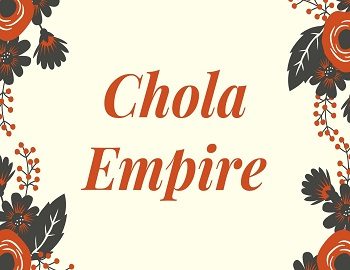

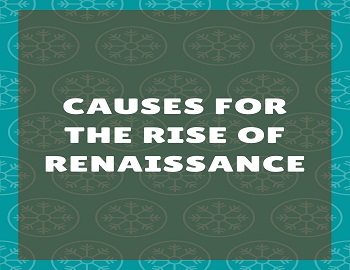
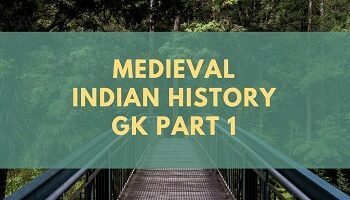


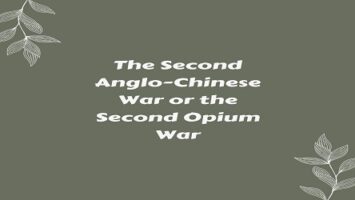

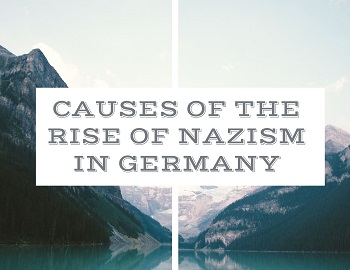
Comments (No)